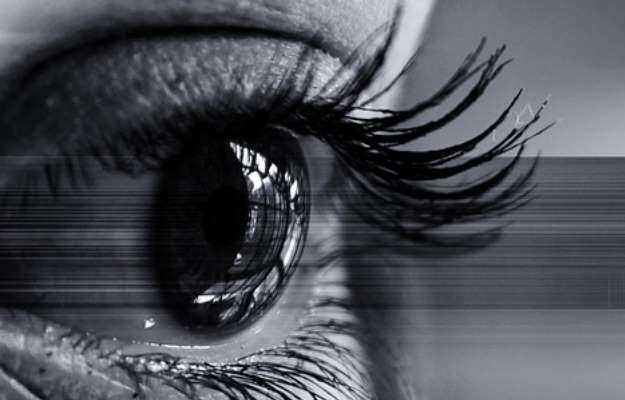What is mydriasis?
As a part of light reflex in the eyes, pupils dilate or widen in the dark to allow more light in and constrict when it is bright. Mydriasis is a condition where there is unusual dilation of pupils to a size greater than six millimetres. The pupils fail to constrict when stimulated with light.
What are its main signs and symptoms?
The main signs and symptoms of mydriasis are:
- The characteristic sign is that the size of the pupils does not change in response to light. They remain larger than normal.
- Blurred vision
- Feeling of constriction around the eyes and forehead
- Headache
- Dizziness
- Irritation in the eyes
- Difficult in eye movement
- Drooping eyelids
What are the main causes?
The main causes of mydriasis are:
- Trauma
- Drugs like anti-histamines and muscle relaxants
- Drug abuse and addiction
- Injury to pupillary nerve fibres
- Closed-angle glaucoma
- Plants such as Jimson weed, angel’s trumpet and members of the belladonna family
- History of multiple headaches/migraines
- Stress
- Increase in oxytocin level
- Damage to cranial nerves, brain injury or increased pressure to brain
- Infection or injury to the eye
- Diabetes
How is it diagnosed and treated?
Diagnosis:
- Medical and medication history is determined to identify the cause.
- Signs such as frequent widening of pupils in bright environments are noted.
- Tests such as visual acuity and ocular motility are performed to evaluate the function of the eye muscles.
- 1% pilocarpine drops are administered, which normally causes constriction of the pupils after 45 minutes of instillation.
Prevention:
- Avoid direct sunlight
- Use sunglasses in bright environments
- Avoid reading the text too close to the eyes
Treatment:
- The treatment approach is to protect the functionality of the eyes. The treatment is determined based on the underlying cause.
- Surgery may be required to repair damage to nerves or eye structures.

 OTC Medicines for Mydriasis
OTC Medicines for Mydriasis















